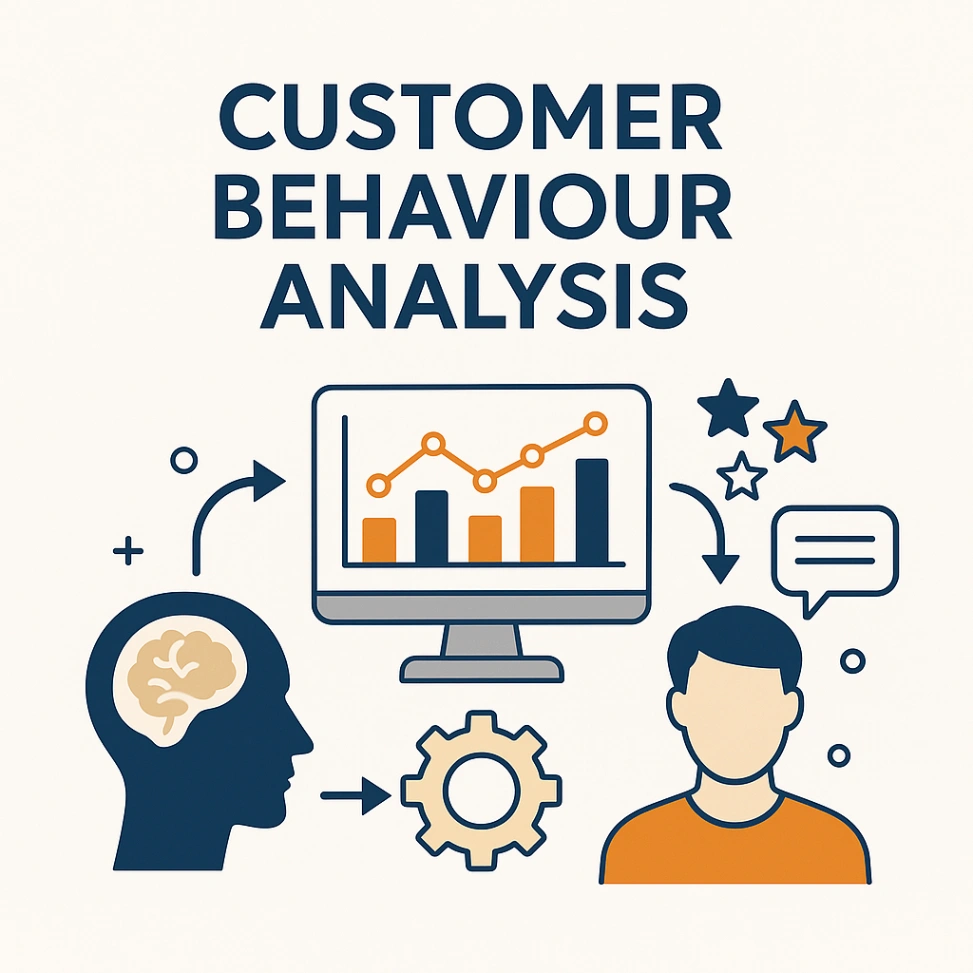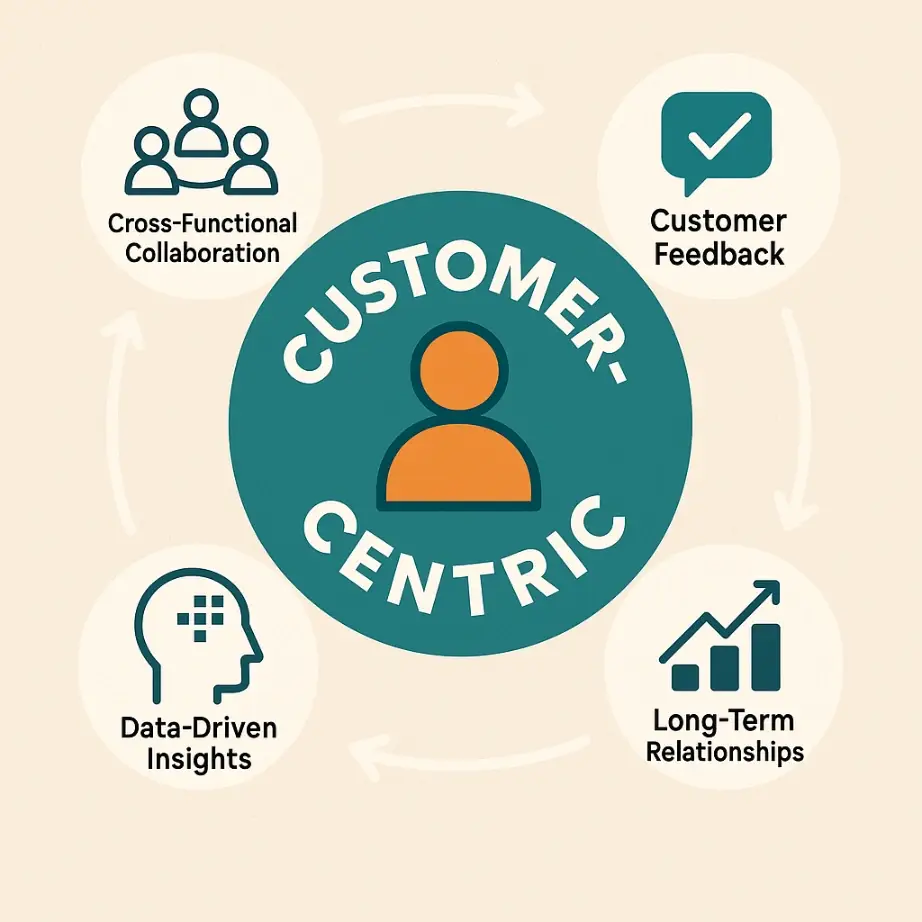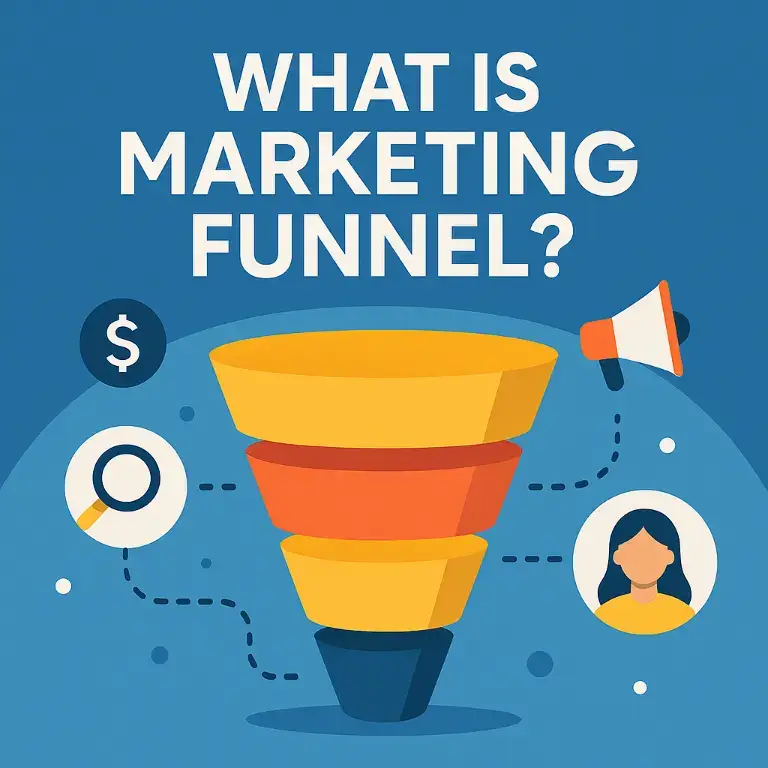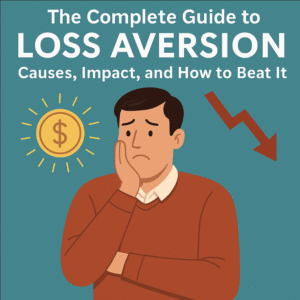
How to Do Customer Behaviour Analysis
Modern consumers demand seamless, personalised experiences. By analysing customer behaviour, using data and psychology, businesses can better understand why people make the choices they do. According to McKinsey, brands that leverage advanced analytics see up to 85% higher sales growth and 25% better profit margins. Understanding customer behaviour isn’t just helpful; it’s a crucial competitive advantage. Key Takeaway: What Is Customer Behaviour Analysis? At its core, customer behaviour analysis is all about understanding how your customers interact with your brand, from how they browse your website and make purchases to













